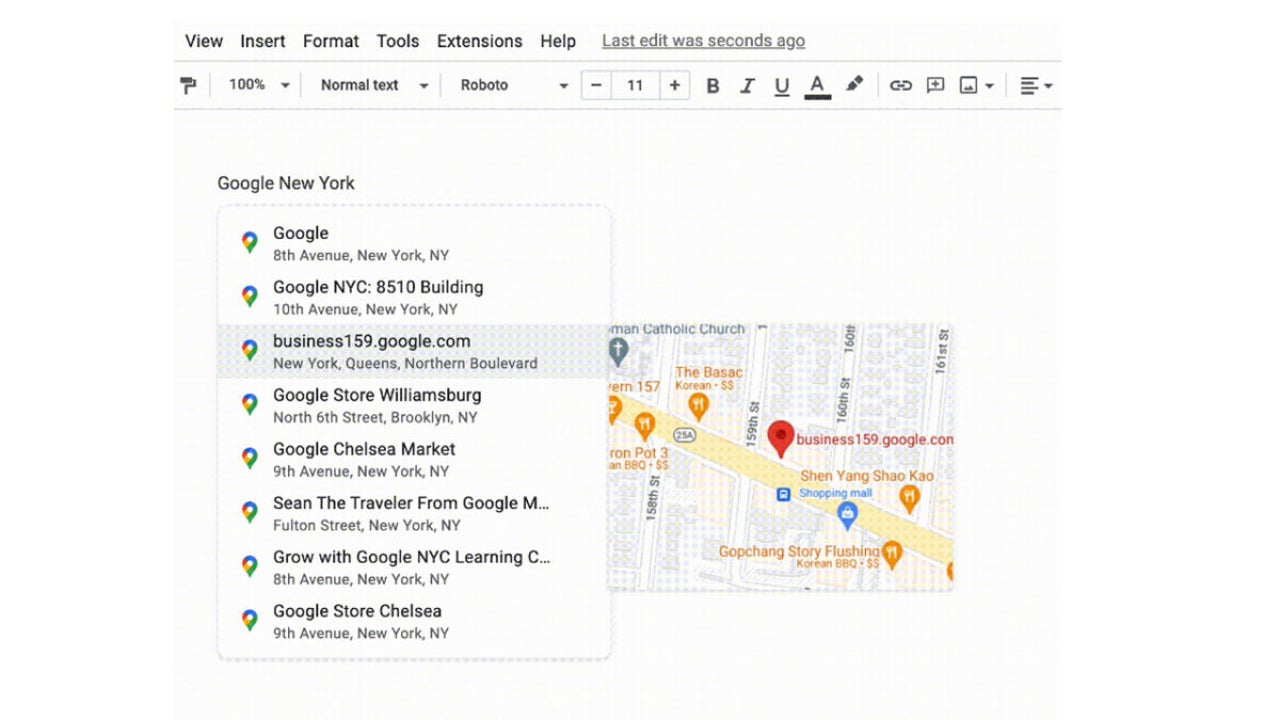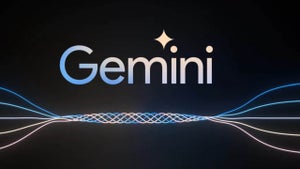News
Google Docs update brings location services to your documents!

- September 6, 2022
- Updated: July 2, 2025 at 3:28 AM

Google has recently added a useful tool to Google Docs that allows users to insert emojis into their documents. All users have to do is type the @ symbol into their documents and then spell out the name of the emoji they are looking for. Now, Google is building more functionality into the @ symbol as the company is rolling out an update that will allow users to include Google Maps chips into Google Docs. Here is what you need to know.
Last year Google rolled out an update that allowed users to add Google Maps chips into documents by pasting a Maps link into the document. Now, however, Google is making it even easier by incorporating the feature into the increasingly useful @ functionality. This means all users will have to do to add the chips to their documents is type @ and then write in the location or address of the place they want to include in the document.
Google has put together a help page explaining more about the Google Map chips and also including full instructions on how to use them and why they might be useful, which you can find here.
The Google Maps chips update has already started rolling out to all Google Docs users on both a Rapid Release and a Scheduled Release, with the Rapid Release rollout almost coming to an end. Those users receiving the Scheduled Release rollout should have access to the updated feature by the end of the month.
In other Google Docs news, it is now much easier to handle collaborative notifications and silent annoying messages regarding updates to the documents you are working on.
Patrick Devaney is a news reporter for Softonic, keeping readers up to date on everything affecting their favorite apps and programs. His beat includes social media apps and sites like Facebook, Instagram, Reddit, Twitter, YouTube, and Snapchat. Patrick also covers antivirus and security issues, web browsers, the full Google suite of apps and programs, and operating systems like Windows, iOS, and Android.
Latest from Patrick Devaney
You may also like
 News
NewsSecure Your Sleigh: How to Dodge Online Scams This Holiday Season
Read more
 News
NewsThe Studio Ghibli shorts that you will never be able to see (unless you pay a lot of money in Japan)
Read more
 News
NewsGmail Help Me Write with Gemini: 7 Ready-to-Use Prompts for Complaints, Sales & Internal Memos
Read more
 News
NewsZootopia 2 is the highest-grossing movie of 2025
Read more
 News
NewsAvatar: Fire and Ash is so expensive that it could very well dominate the box office and be an absolute failure
Read more
 News
NewsEditing Offline: What Photoshop’s On-Device AI Can Do
Read more
